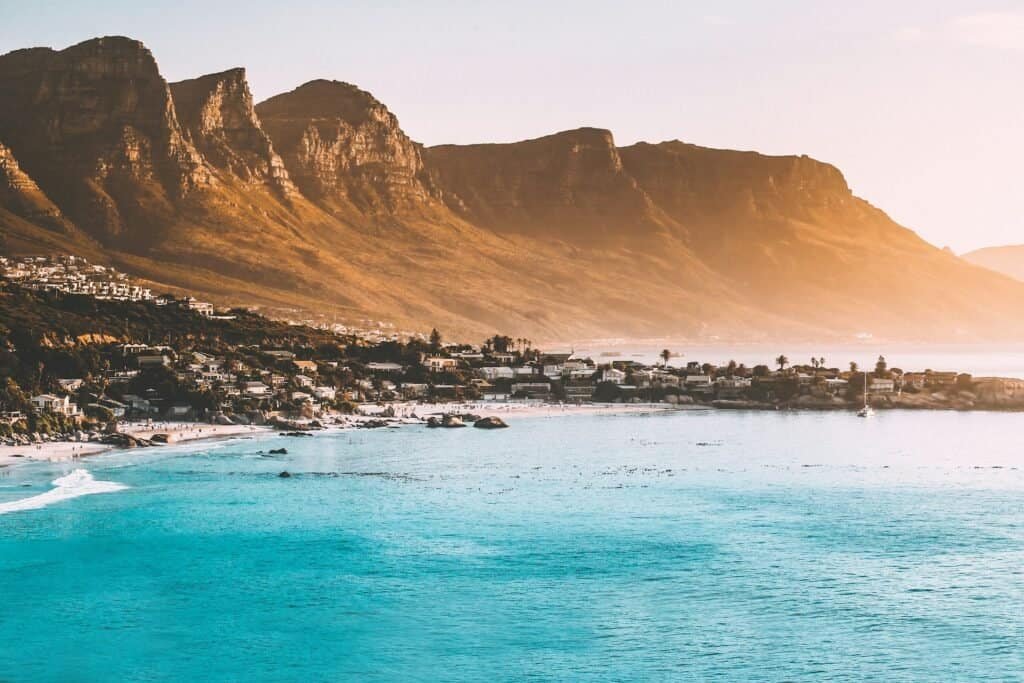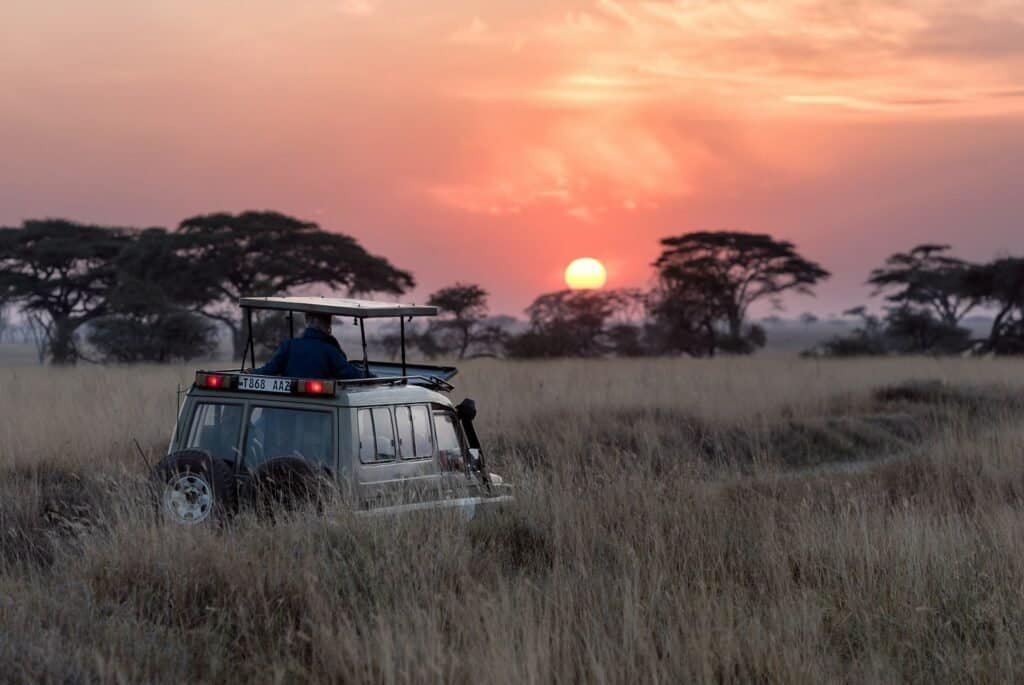South Africa offers a dynamic blend of urban energy, historical richness, and breathtaking natural beauty. Stretching from the subtropical coastlines of KwaZulu-Natal to the dramatic cliffs of the Cape Peninsula, the country’s diverse landscapes and vibrant cities make it one of the most captivating destinations in the world. Travelers are drawn to South Africa not only for its wildlife but also for its fascinating cultural mosaic and scenic variety. For those planning an itinerary that captures both the well-known and hidden gems, South Africa vacation packages provide an excellent starting point for exploring its full range of attractions.
Cape Town and the allure of Table Mountain
Cape Town remains one of South Africa’s most iconic destinations. Nestled between the Atlantic Ocean and the flat-topped Table Mountain, the city offers a striking setting that appeals to nature lovers and urban explorers alike. A cable car ride to the summit of Table Mountain reveals panoramic views of the city, the coastline, and the surrounding mountain ranges. On clear days, the visibility stretches for miles, giving a sense of just how vast and varied the South African landscape truly is.
The city itself is a blend of cultures and histories. Neighborhoods like Bo-Kaap, with its brightly colored houses and Cape Malay heritage, stand in contrast to the bustling Victoria & Alfred Waterfront, where shops, restaurants, and galleries overlook a busy working harbor. Cape Town also serves as a gateway to nearby attractions such as Robben Island, where Nelson Mandela was imprisoned, and the Cape Winelands, a short drive inland.

Johannesburg and the journey through history
Often referred to as the economic heart of South Africa, Johannesburg is a vibrant metropolis that offers much more than its commercial identity suggests. The city is central to understanding the nation’s complex past and evolving present. Sites such as the Apartheid Museum and Constitution Hill provide powerful insights into South Africa’s struggle for democracy and the people who shaped its path.
Beyond its historical significance, Johannesburg is also home to a thriving arts and food scene. Neighborhoods like Maboneng have become hubs for contemporary galleries, independent boutiques, and innovative dining experiences, offering a fresh and youthful take on the city’s cultural life.
Natural wonders across the provinces
South Africa is renowned for its natural beauty, which spans multiple provinces and ecosystems. One of the most celebrated sites is the Blyde River Canyon in Mpumalanga, one of the largest green canyons in the world. With its lush vegetation and dramatic cliffs, it’s a favorite for hikers, photographers, and nature enthusiasts.
Equally impressive is the Drakensberg mountain range in KwaZulu-Natal, where peaks rise dramatically above verdant valleys. This region is dotted with ancient rock art sites left by the San people, adding a layer of historical depth to its scenic grandeur.
Along the southern coast, the Garden Route offers a striking drive through forests, lagoons, and coastal cliffs. Popular stops include Knysna, known for its estuary and oysters, and Tsitsikamma National Park, where suspension bridges and hiking trails lead through dense forest and along rugged coastline.
Wildlife and safari experiences
Although much of South Africa’s appeal lies in its cities and landscapes, the chance to encounter wildlife remains a major draw. Kruger National Park is the most famous safari destination, with nearly two million hectares of protected land home to an astonishing variety of species. Visitors can spot the Big Five—lion, leopard, elephant, buffalo, and rhino—as well as countless bird species, reptiles, and smaller mammals.
For those seeking a more exclusive experience, private game reserves such as Shamwari, Phinda, or Sabi Sands offer guided drives with expert rangers and a higher likelihood of close-up animal sightings. Many of these reserves also focus on conservation and education, allowing visitors to learn more about the ecosystems they’re exploring.

Coastal escapes and marine life
South Africa’s extensive coastline provides not only dramatic vistas but also remarkable opportunities to experience marine life. Hermanus, a coastal town near Cape Town, is considered one of the best places in the world for land-based whale watching. From June to November, southern right whales can be seen breaching just offshore during their annual migration.
In the Eastern Cape and KwaZulu-Natal, warm Indian Ocean currents support a vibrant underwater world, making these areas ideal for snorkeling and diving. The iSimangaliso Wetland Park, a UNESCO World Heritage Site, protects a network of lakes, estuaries, and coral reefs, providing habitat for everything from hippos and crocodiles to dolphins and turtles.
Travel logistics and accessibility
One of the advantages of traveling in South Africa is the infrastructure that supports tourism across regions. Domestic flights connect major cities and remote safari destinations efficiently, while well-maintained roads make self-drive options viable for adventurous travelers. English is widely spoken, and the hospitality sector is accustomed to serving international visitors, which makes navigating the country relatively straightforward.
Climate varies by region and season. Summers (November to March) tend to be hot and wet in many areas, while winter (May to September) is generally drier and cooler—particularly favorable for wildlife viewing. Coastal areas often remain temperate year-round, offering beach opportunities even during the off-season.
From cosmopolitan centers to untouched wilderness, South Africa’s range of attractions caters to every kind of traveler. Whether drawn by the rich cultural history, the sweeping vistas, or the thrill of seeing wildlife in its natural environment, the country offers countless experiences that linger long after the journey ends.

